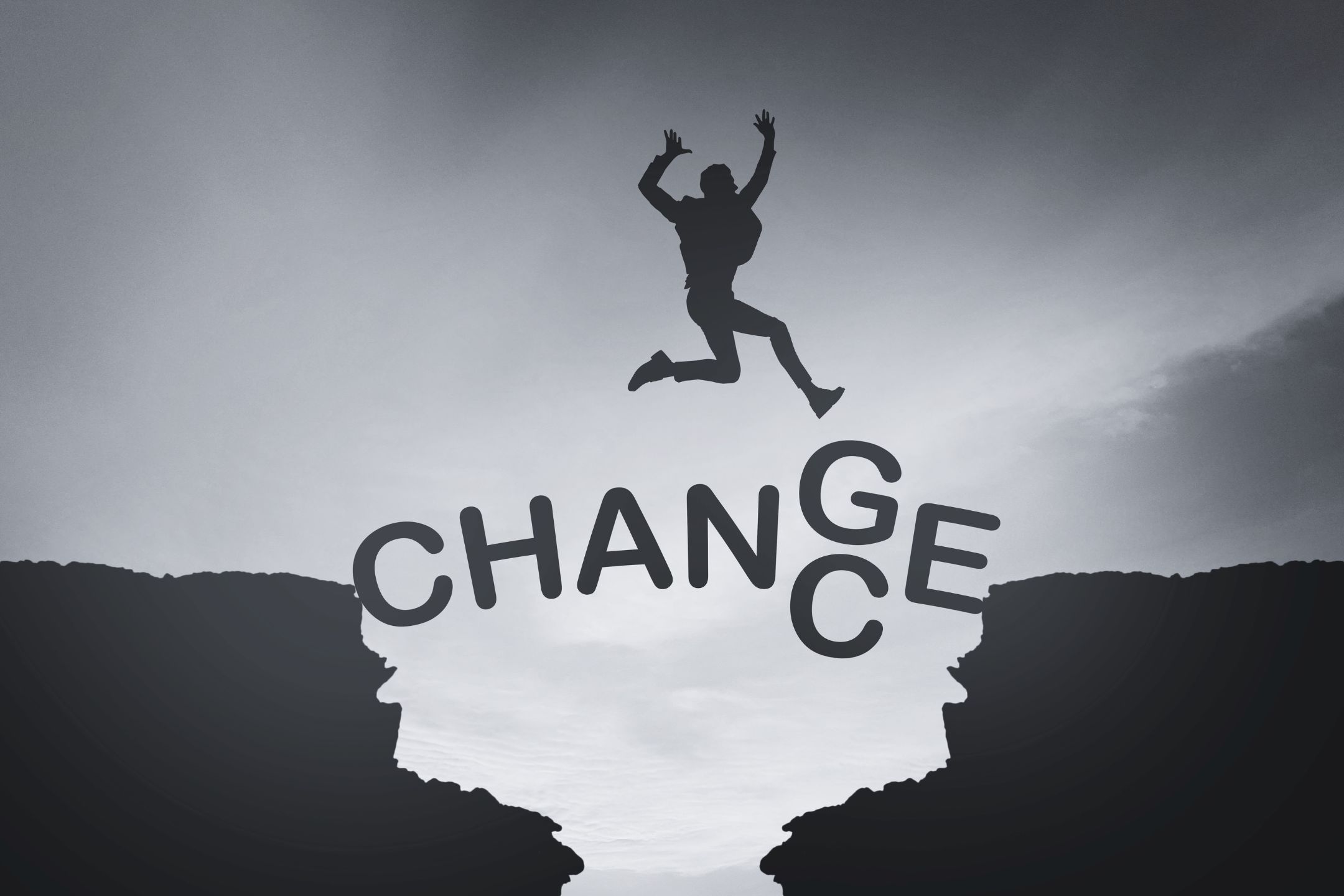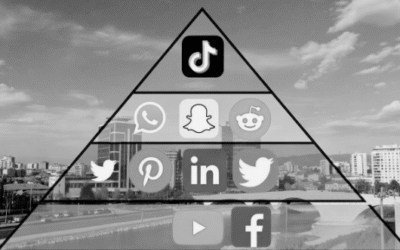At a client’s off-site meeting a few years ago, I gave a talk on how companies can bring about dramatic cultural change—the focus of my firm’s consulting work. At the end, a man quietly approached and asked, “Are you a friend of Bill’s?” Seeing my confused expression, he attempted a clarification: “Are you a friend of Bill W’s?” “Who’s Bill W?” I said. The man explained that Bill Wilson was the founder of Alcoholics Anonymous and that members use the question “Are you a friend of Bill’s?” to discreetly inquire about whether acquaintances are in AA. “I’m not,” I replied. “Why do you ask?” He said that the methods I’d described to lead change reminded him of the methods AA uses to help people stop drinking—so much so that he’d wondered if I was a 12-stepper myself. I thought it was an interesting exchange but gave it no further thought at the time.
Soon afterward a senior executive at another client told me that the process we’d used to coach his team had inspired him to confront his alcohol abuse—even though we hadn’t, of course, discussed addiction during the coaching. This made me curious. So over the past several years, my team and I studied a variety of addiction treatment programs. We examined the methods and success rates of traditional 12-step programs along with less conventional techniques, from the regimen depicted on the TV show The Biggest Loser to therapies for troubled youth and training protocols for orca whales. We approached the endeavor with skepticism—on the surface, change management and addiction treatment seem wholly dissimilar. Over time, however, we saw many parallels between how the two bodies of work leverage human nature to modify behavior. In the process, we discovered a provocative lens and language to help change managers better understand their mission and methods.
Behavioral Change: The Core of Cultural Transformation
At the simplest level, the comparison is this: Organizations can’t change their culture unless individual employees change their behavior—and changing behavior is hard. Many change programs focus on providing strategies, technologies, and training. But often that’s not enough. When it comes to modifying deeply ingrained behavior, 12-step programs have a superior track record. They use incentives, celebration, peer pressure, coaching to adopt new habits, negative reinforcement, and role models—things organizations can draw on.
To Change the Culture, Change the Habits
HBR recently spoke with Lisa Buckingham, the chief human resources officer at Lincoln Financial (a client of Keith Ferrazzi’s).
Why are habits so important?
Buckingham: Organizations can develop dysfunctional habits. For instance, when I arrived at Lincoln Financial, in 2008, I noticed that most meetings started five minutes late and that people would be using their smartphones while other people were presenting. Starting late hurts productivity, and multitasking can hurt relationships, so we eliminated those behaviors. Now meetings start promptly, and if you need to check your phone, you leave the room. Those are small habits, but they make a big difference in our culture. I’ve never been to AA or Weight Watchers, but Keith’s insights about how their methodologies translate to company change initiatives are really profound, because systemic change can’t happen without changes in individual behavior.
What other similarities to 12-step groups have you observed in your work to build a cohesive team?
Support groups create a safe environment that allows people to be authentic, and we try to do the same thing. We strive for openness and candor. We begin our meetings with a “personal and professional check-in” during which people talk for a few minutes about what’s going on in their lives. It requires us to be vulnerable, it helps build our relationship as a team—and very often it gives us an opportunity to ask how we can help one another.
How do you recognize small wins?
We try to take a moment to celebrate every single success. Many of our managers send handwritten thank-you notes. We might send congratulatory e-mails to individual team members and copy our CEO. Those things make people feel appreciated—and that matters when competitors try to recruit them away. We aim to show gratitude. Sending flowers to a valued employee on a random day is never a bad idea.
Where the Analogy Works—and Where It Doesn’t
Analogies are never perfect, and there are clearly points where the comparison doesn’t hold. For instance, AA relies heavily on spirituality, asking participants to put their faith in a higher power and to declare themselves powerless—sentiments that are generally not appropriate for driving corporate change. Still, in our work with clients including eBay, Dow Chemical, Accenture, AOL, and Lincoln Financial, we have found the comparison useful. Even people who have never attended a 12-step program know some of the basics from pop culture portrayals; making the similarities to corporate change explicit, as in the insights below, can help them understand the challenges of changing an organization’s culture and how to overcome them.
Insights from the 12-step programm
Nothing happens without a readiness to change.
John Kotter, the preeminent change management expert, has written: “People don’t change a minute before they’re ready.” In the AA canon, “hitting rock bottom” is often the catalyst, but for companies, change readiness doesn’t require failure. Sometimes a leader’s admission of vulnerability helps others recognize and address their failings (think of the sharing done in AA meetings). You can’t force people to change—you can only help them want to. AA’s process recognizes this truth; few managers do.
It’s important to replace old habits with new ones.
Many former smokers chew gum or toothpicks. AA serves coffee to give attendees a beverage in place of the ones they’ve given up. In change management, the goal is to replace negative habits with positive ones. At one restaurant chain, store managers used to begin the day by going over the numbers from the previous shift. Although analyzing numbers isn’t inherently bad, it is an isolating behavior, usually done in an office with the door closed—and data alone often don’t explain why sales went up or down. So we helped managers start the day with a different routine: talking with crew members to learn whether anything unusual had happened on the previous shift and only then going through the numbers. This increased managers’ understanding of business conditions and boosted employee engagement—and sales rose.
Peer support and pressure drive change.
One of the best ways to change human behavior is to gather people with similar problems together. This was first recognized in 1905 by the Boston physician Joseph Pratt, who organized groups for tuberculosis patients that emphasized the need for rest, fresh air, and proper nutrition. Over the past century research has shown that support groups benefit people with a wide range of medical and psychological conditions. In our work we find that bringing employees together in peer groups to discuss change initiatives can create accountability, mutual generosity, a judgment-free attitude, and increased pressure on reluctant employees to change.
Sponsorship deepens commitment and sparks results.
AA pairs experienced members, or sponsors, with newcomers for one-on-one support; research has shown that these role model relationships increase both parties’ ability to stay sober. The corporate version, called peer coaching or mentorship, has been widely embraced: For example, 70% of Fortune 500 companies use it with their salespeople. We find that identifying and celebrating early adopters of the behaviors a company wants to instill can create positive contagion. Pairing these role models with slower-to-adopt colleagues can be far more effective than coaching by outside experts.
Community without hierarchy is a catalyst for change.
AA is famous for its organizational structure, in which local groups are self-directed. Addiction specialists sometimes raise concerns that groups without therapists or other formal leaders lack professionalism, but research has shown that this structure increases members’ security, comfort, and sense of mutuality in the relationships they form. Corporations will always require a hierarchy, but peer role models can successfully lead projects within a change initiative.
You are the company you keep.
Studies have shown that people with a close friend or relative who drinks heavily are 50% likelier to be heavy drinkers themselves. That is why AA discourages members from associating with their old drinking pals. Similarly, having an obese friend increases one’s own chances of becoming obese, and a person’s income can be estimated by averaging the income of his or her five closest friends. This knowledge can guide change managers, who should evaluate the ROI of helping particular employees to change in light of those employees’ potential to get others to follow suit. In our work we strive early on to identify influential employees; this can be as simple as asking workers which of their colleagues are informal leaders. Often it’s possible to leverage this influence in subtle ways: For example, by changing where employees sit, you can seed influentials throughout the organization.
Continuous introspection is key.
Early on in the AA program, members examine their past behavior and start trying to change. AA talks about continuously taking a moral inventory; we see this in effective corporate change initiatives as well. In the wake of the global financial crisis and General Motors’s bankruptcy filing, for example, the company practiced that kind of deep introspection, found its behavior wanting, and drew on its experience in total quality management to improve its relationships with dealers. Before the crisis, GM had managed those relationships by relying heavily on checklists, specifications, and mandated actions. Now it promised and demonstrated a new focus on listening and collaboratively solving problems as a trusted adviser to its dealers (who are, in the industry’s model of franchised dealerships, part of its customer base), and it achieved better solutions and increased buy-in. The new approach is proving helpful as the company deals with recent recalls.
Changes in practice may represent breakthroughs.
In the AA program, a profound transformation occurs when a participant shifts from an emotional framework of guilt, shame, remorse, and resentment toward a more positive, optimistic mind-set. But “mind-set” is hard to measure, and minds are hard to change; therefore, in our work we focus on identifiable shifts in practice. We coach new practices or habits that emphasize growth rather than cost-cutting, for example, or that grow profitability rather than revenue. When you spot such a shift, celebrate it; it’s an important marker of progress.
It pays to acknowledge small wins.
AA doesn’t ask members never to drink again—that goal would probably seem unreachable. It asks them not to drink that day, and it recognizes small milestones by awarding “sobriety coins,” usually monthly, for periods of abstinence. Change managers should take a lesson from this practice and find ways for employees to demonstrate and celebrate incremental achievements. One of the biggest reasons corporate transformations fall short, according to Kotter, is that managers fail to “systematically plan for, and create, short-term wins.”
The goal is progress, not perfection.
Ninety percent of recovering alcoholics relapse at some point. That’s hardly surprising: The newly sober are bombarded with sensory cues that their brains associate with their addiction—the smell of beer, the sound of glasses clinking in a toast. In organizations, too, change doesn’t always follow a straight line. However, this is an area where we diverge from many 12-step programs: Unlike AA, which takes away all a member’s sobriety coins as penalty for any relapse, we coach people to overcome setbacks and move forward to the next win. Celebrating the reversal of a relapse can help desired behaviors regain momentum. Change is hard—particularly when the situation involves chemicals the body craves. Neuroscience has shown that people’s emotional responses to work create their own chemical reactions, releasing powerful neurotransmitters such as adrenalin, dopamine, and serotonin. Successful change can be addictive in a positive way. No matter how habituated employees are to established business practices, they can adapt to new ways of working.





